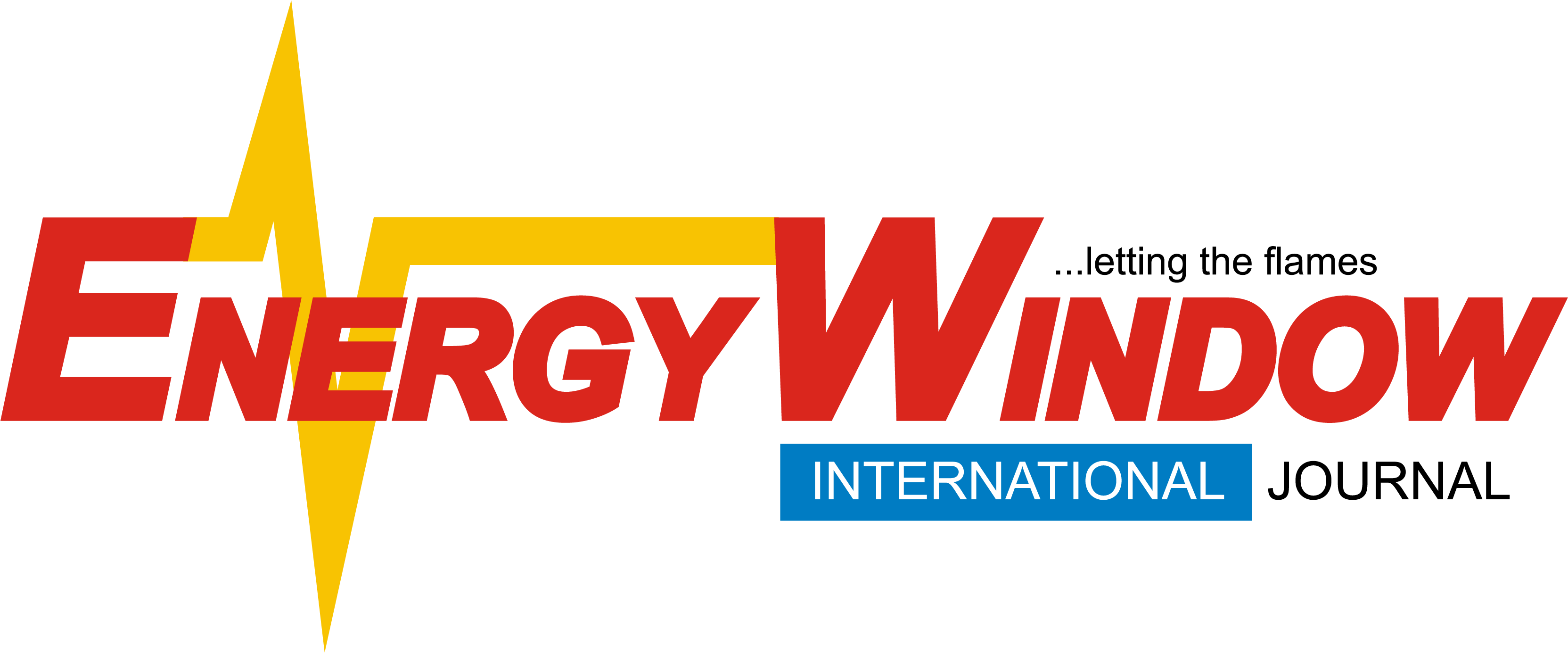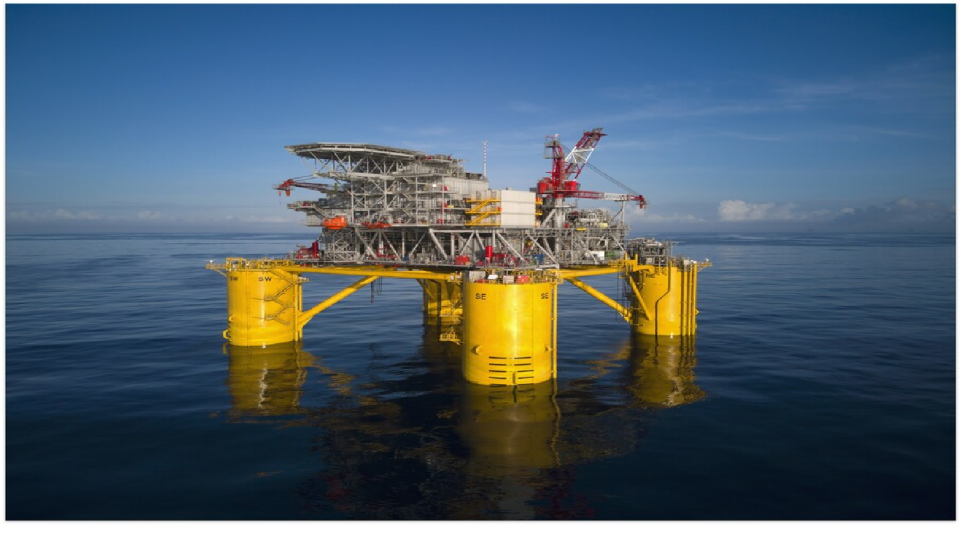Shell Offshore Inc. (Shell), a subsidiary of Shell plc, has taken a Final Investment Decision (FID) on a ‘waterflood’ project at its Vito asset in the US Gulf of Mexico. Water will be injected into the reservoir formation to displace additional oil. The process is due to begin in 2027 and is expected to significantly enhance volume capacity at the Vito field, August 14 2024 news alert emailed to Energy Window International had shown.
“Over time, we’ve seen the benefits of waterflood as we look to fill our hubs in the Gulf of Mexico”, says Zoë Yujnovich, Shell Integrated Gas and Upstream Director. “This investment will deliver additional high-margin, lower-carbon barrels from our advantaged upstream business while maximizing our potential from Vito.”
Waterflood is a method of secondary recovery where the injected water physically sweeps the displaced oil to adjacent production wells, while re-pressurizing the reservoir. The three water injection wells were all drilled as pre-producers, Shell reports.
The Royal Dutch Shell is the leading deep-water operator in the U.S. Gulf of Mexico, where her production confirms the firm as the first among the lowest in greenhouse gas (GHG) intensity in the world for producing oil
In July 2009, the Vito field was discovered in more than 4,000 feet of water, approximately 75 miles south of Venice, LA, 150 miles southeast of New Orleans and 10 miles south of the Shell-operated Mars TLP.
In 2015, the original Vito host design was simplified and rescoped, resulting in a reduction of approximately 80% in CO2 emissions over the lifetime of the facility as well as a cost reduction of more than 70% from the original host design concept.
Shell (Operator 63.11%) and Equinor (36.89%) announced FID for the Vito development in April 2018, with first oil achieved in February 2023.
Adding that given the properties of the Vita reservoir, energy the report noted, was required to maximize the producing rate of existing wells and thus ultimate recovery – some recoverable resource volume to the tune of 60 million barrels of oil equivalent (boe), resources volumes which are currently classified as 2P and 2C under the Society of Petroleum Engineers’ Resource Classification System.
The report also highlighted of plan by Shell’s stakeholders to ensure that production from the field stabilized at 1.4 million barrels per day of liquids to 2030, at one of Shell’s Capital Markets Days.

